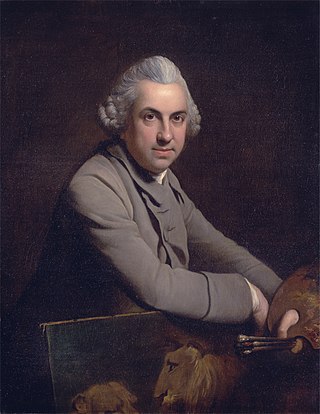John Berney was Archdeacon of Norwich [1] from 11 October 1744 until his death on 13 June 1782. [2]
He held livings at Hethersett, [3] St Mary, Saxlingham [4] and St Clement, Norwich. [5]
John Berney was Archdeacon of Norwich [1] from 11 October 1744 until his death on 13 June 1782. [2]
He held livings at Hethersett, [3] St Mary, Saxlingham [4] and St Clement, Norwich. [5]

Kett's Rebellion was a revolt in the English county of Norfolk during the reign of Edward VI, largely in response to the enclosure of land. It began at Wymondham on 8 July 1549 with a group of rebels destroying fences that had been put up by wealthy landowners. One of their targets was yeoman Robert Kett who, instead of resisting the rebels, agreed to their demands and offered to lead them. Kett and his forces, joined by recruits from Norwich and the surrounding countryside and numbering some 16,000, set up camp on Mousehold Heath to the north-east of the city on 12 July.
Baron Mancroft, of Mancroft in the City of Norwich, is a title in the Peerage of the United Kingdom. It was created in 1937 for the Conservative politician Sir Arthur Samuel, 1st Baronet. He had already been created a Baronet, of Mancroft in the City of Norwich in the County of Norfolk, in 1932. His son, the second Baron, was also a Conservative politician. In 1925 he assumed by deed poll the surname of Mancroft. As of 2010 the titles are held by the latter's only son, the third Baron, who succeeded in 1987. He is one of the ninety elected hereditary peers that remain in the House of Lords after the passing of the House of Lords Act of 1999. Lord Mancroft sits on the Conservative benches.

Norwich South is a constituency in Norfolk represented in the House of Commons of the Parliament of the United Kingdom, since 2015 by Clive Lewis, of the Labour Party.

Hethersett is a large village and electoral ward in the county of Norfolk, England, about 6 miles (10 km) south-west of Norwich. It covers an area of 4.22 sq mi (10.9 km2) and had a population of 5,441 in 2,321 households at the 2001 census, increasing to 5,691 at the 2011 census. In 2013 Hethersett became the first village or town in the United Kingdom to receive a Prime Minister's Big Society Award for its outstanding contribution to the Olympic legacy and sport and fitness in general.

Ralph de Gaël was the Earl of East Anglia and Lord of Gaël and Montfort. He was the leading figure in the Revolt of the Earls, the last serious revolt against William the Conqueror.

St Peter Mancroft is a parish church in the Church of England in the centre of Norwich, Norfolk. After the two cathedrals, it is the largest church in Norwich. It was originally established by Ralph de Gael, Earl of East Anglia, between 1066 and 1075. It was later rebuilt, between 1430 and 1455. It stands on a slightly elevated position, next to the market place.

Arthur Michael Samuel, 1st Baron Mancroft was a British Conservative politician.
There have been four baronetcies created for people with the surname Samuel, all in the Baronetage of the United Kingdom. Two of the titles are still extant.

Hethersett was a railway station near Hethersett, Norfolk.
John Charles Beckwith was an English Organist, born in Norwich.
John Christmas Beckwith was an English organist and composer.

Charles Catton RA, sometimes referred to as Charles Catton the elder, was an English coach painter, landscape, animal and figure painter of the late 18th century, and one of the founder members of the Royal Academy of Arts.

Norwich Market is an outdoor market consisting of around 200 stalls in central Norwich, England. Founded in the latter part of the 11th century to supply Norman merchants and settlers moving to the area following the Norman conquest of England, it replaced an earlier market a short distance away. It has been in operation on the present site for over 900 years.
Edward Flowerdew, was an English judge and MP.
Robert James Potter was an English architect who was noted for his work on church buildings. He studied architecture in London before moving to Salisbury where he established his practice.

Sidney Pelham was an English first-class cricketer active in 1871 and 1872 who played for Oxford University. He became Archdeacon of Norfolk from 1901 until 1916. Pelham was born in Brighton and died in Norwich.
William Pelham Burn was Archdeacon of Norfolk from 1900 until his death.